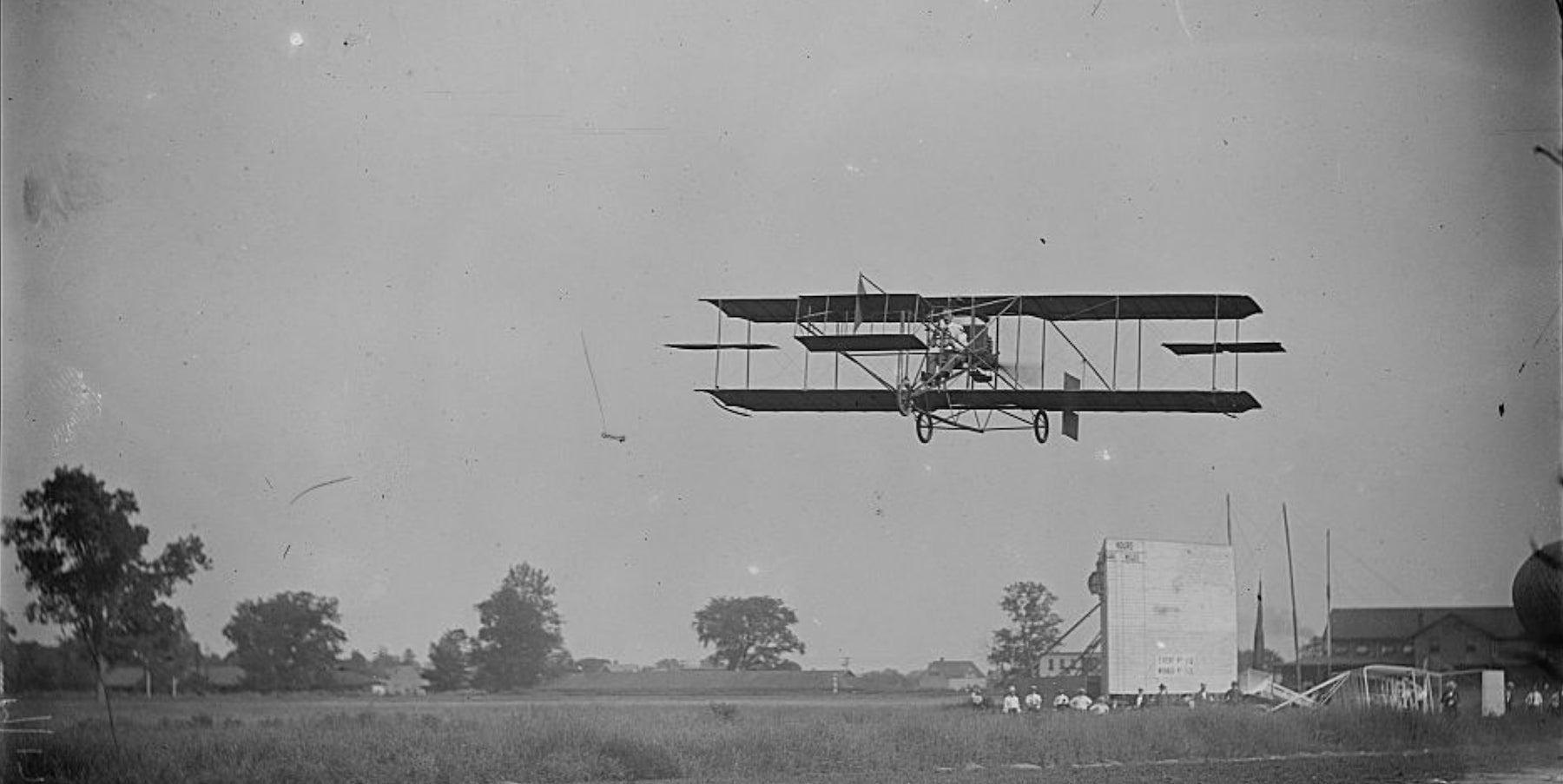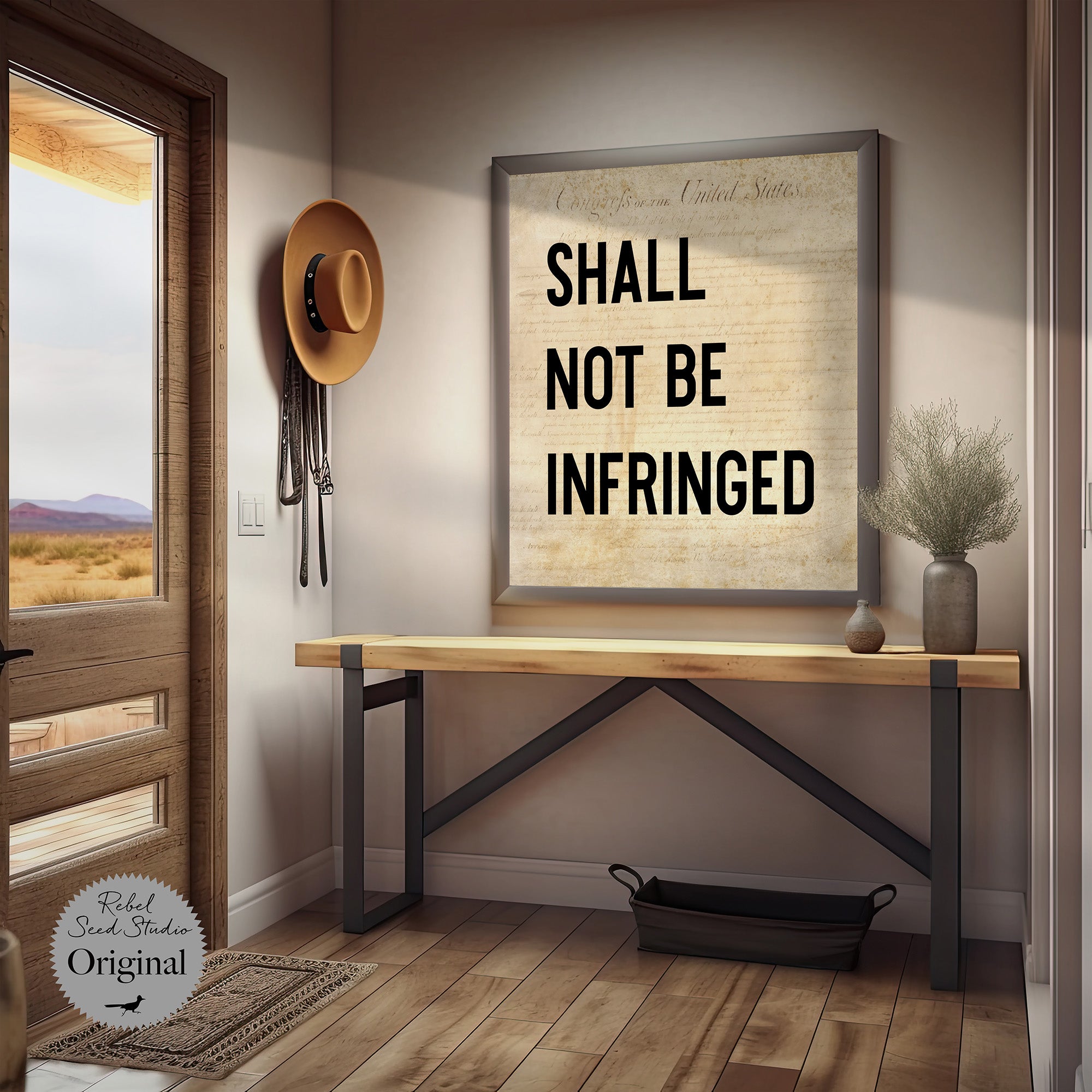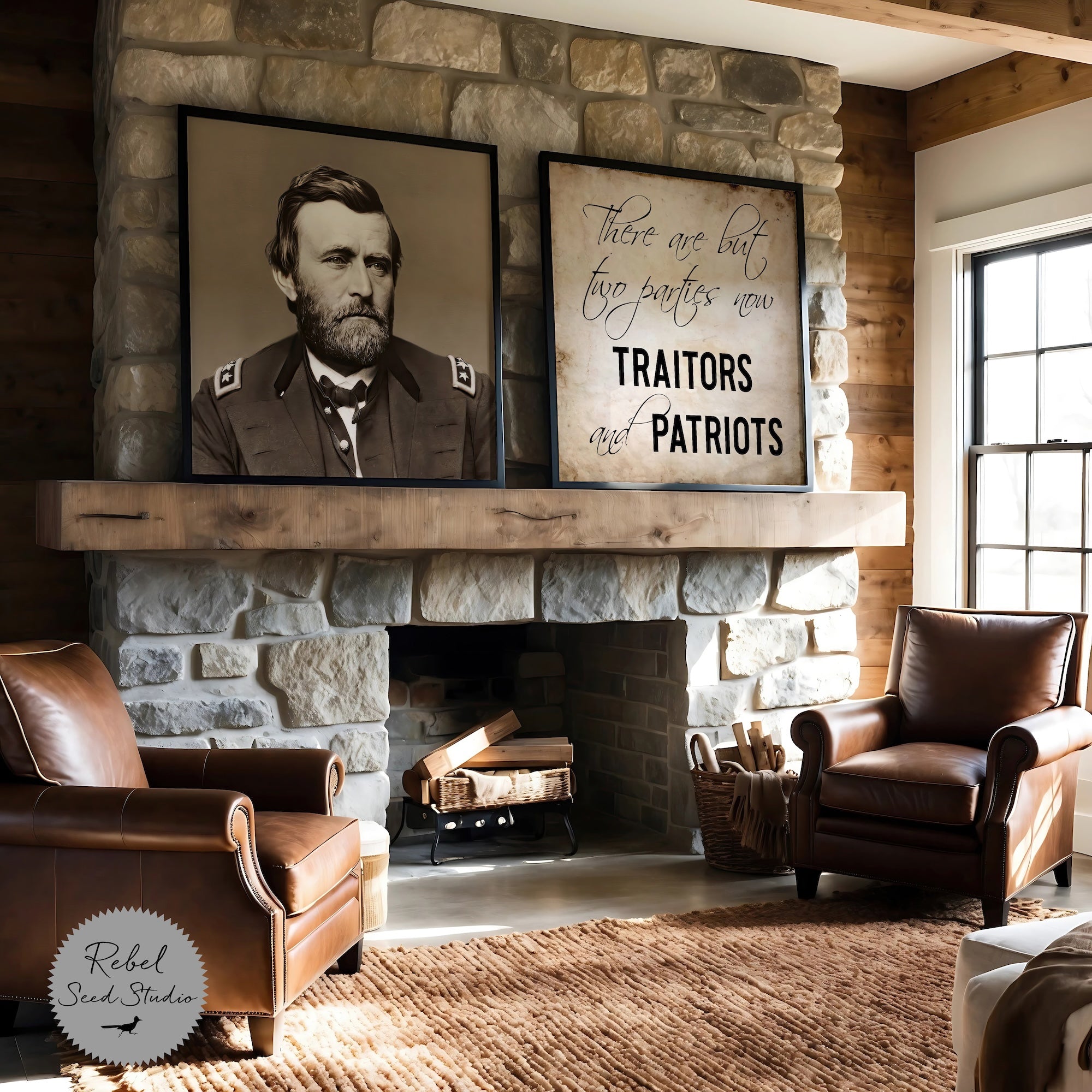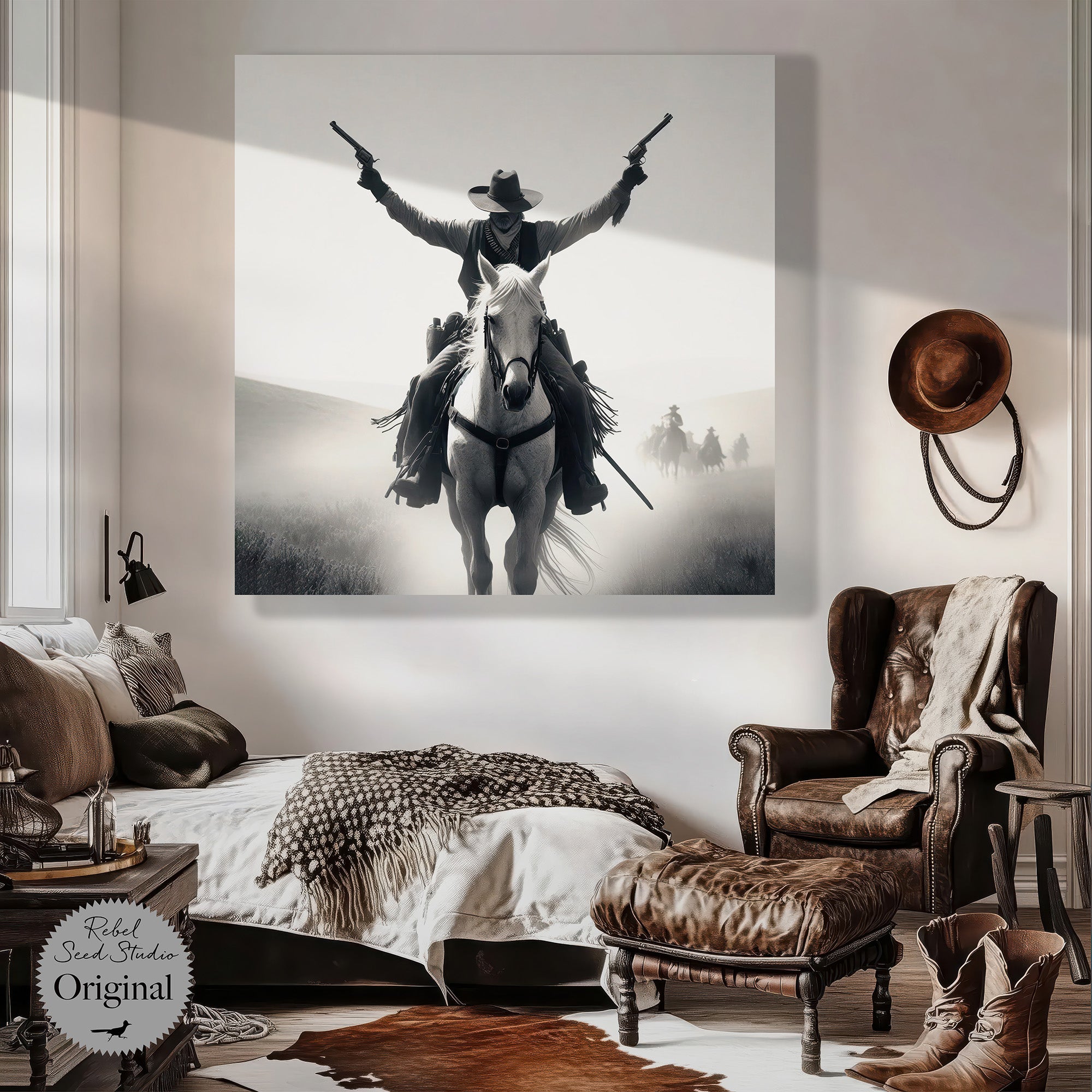
America Becomes Air-Minded (Historical Reprint)
Historical article reprinted from the book "The Story of American Aviation" written by Jim Ray in 1946
In 1905 a newspaper in Salina, Kansas, had carried a story of two brothers named Wright. This story robbed the budding auto industry of a promising young mechanic, Glenn L. Martin by name. As a boy, Glenn Martin built and flew the very best kites in Salina. As he grew older he was thrilled by the appearance of the horseless carriage. As soon as he was old enough he took a job in Dave Methven’s garage, convinced that there was a future in the noisy “gas-buggies”.
In the surge of interest in automobiles, Glenn Martin had all but forgotten the stories of Chanute and Lilienthal and the old urge of the winds in his kites. In 1905, after reading the newspaper story concerning the Wrights, he excitedly told his mother, “I am going to fly, too!” And he did. A short time after he made that remark, Glenn’s family moved to California and he soon became a successful automobile salesman. But he did not forget his decision to fly. With his mother’s support, he began to build his plane by night, after selling cars all day. With his mother holding a lantern for him, he often worked most of the night in the abandoned church that served as his workshop. In spite of neighborly criticism, Glenn finished his plane and flew it from a Santa Ana cow pasture, on August 1, 1909.
As soon as he had successfully flown his first airplane, Martin began to plan better machines. He gave flying exhibitions all over southern California to earn the money to build more Martin planes. In January, 1912, he flew the first mail from Dominguez, California, to Compton, California. In April of that year he flew 24-miles in 25-minutes, to deliver newspapers from Fresno, California, to a neighboring town. On May 10, 1910, Martin flew 33-miles over the ocean from Newport Harbor, California, to Catalina Island. This first trans-Pacific flight was made in a hydroplane of Martin’s own design.
As the summer of 1910 rolled around, the flights of F. W. Baldwin and Glenn Curtiss, as well as the recognition accorded the Wrights by the Army, kindled at last the public imagination. All over the country people started clamoring for a chance to see an airplane in action. As a result, the Wrights and Curtiss were swamped by requests from daring young men who wanted to fly. People even wanted to buy airplanes for sport.
For the first time in its history, America had become air-minded. The conservative Wright Brothers at last realized that the only way in which the public could be taught to understand the possibilities of the airplane was through seeing it perform. They chose a group of intelligent young daredevils and formed a flying team. This Wright flying team, and a similar group under the banner of Glenn Curtiss, toured the county fairs and brought aviation to the American public. In California, the twenty-year-old Glenn Martin was giving flying exhibitions to earn money with which to build bigger and better airplanes.
1910 was a great year for aviation. On May 29, 1910, Glenn Curtiss won the New York World prize of $10,000 for the first flight from Albany to New York City. He flew 137 miles at a speed of 54.8 miles per hour. In August another chapter in aerial history was written by the sending of a wireless message to the ground from an airplane in flight.
In September 1910, twenty-thousand Bostonians had their first sight of the airplane in action when the Harvard Aeronautical Society sponsored a great aviation exhibition at Squantum, Massachusetts. The prizes, amounting to $100,000, attracted the largest group of pilots and planes ever to assemble in the United States. Claude Graham-White, the Englishman, flew a French Farman biplane and a speedy Bleriot monoplane. Another Englishman, A. V. Roe, who built the Avro-Lancaster, exhibited his big triplane, and the spectators were thrilled as the daring Wright and Curtiss pilots demonstrated America’s best planes.
The Boston air meet was followed by an equally successful one at Belmont Park, New York, in October, 1910. Here daring pilots flew their planes in rain and wind, and tried many new stunts. Ralph Johnstone, a daring Wright pilot, thrilled the crowds when he turned his plane sidewise to an almost vertical angle and then descended in a tight spiral. Walter Brookins, another Wright flier, performed his famous “short turn” in which he stood his plane vertically in the air and revolved about one wing as on a pivot. Though these pilots constantly endeavored to create new thrills for the crowds, they unconsciously were testing the capabilities of their airplanes. They also were creating the technique of flying. These early meets were the testing laboratories of aviation.

































